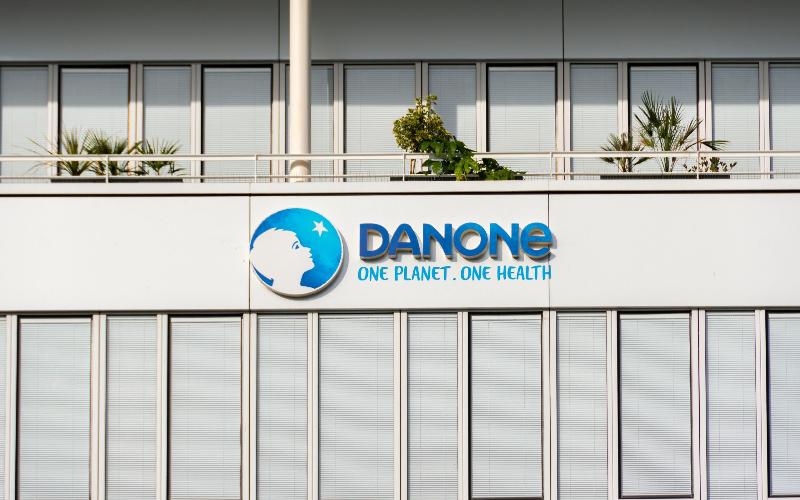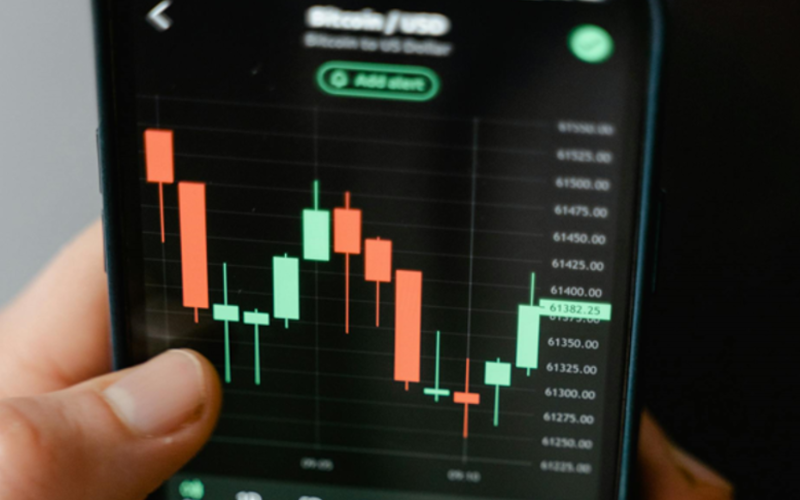USA: Fed Signals Potential Shift Toward Interest Rate Cuts Amid Economic Uncertainties
Sourse: The DairyNews
During his recent testimony before the Senate Banking Committee, Federal Reserve Chair Jerome Powell provided key insights into the current economic climate and the Fed's potential future actions on monetary policy. Powell pointed out a noticeable slowdown in the job market, with the unemployment rate maintaining at 4.1% for three consecutive months.

However, the solid hiring trends suggest a slowdown rather than a cessation of economic activity. This comes amid a broader deceleration in economic growth following last year's robust expansion.
Inflation and Interest Rate Outlook
Powell acknowledged that although significant strides have been made in controlling inflation, it still exceeds the Fed's 2% target. This persistent high inflation, combined with a cooling job market, has catalyzed discussions within the Fed regarding potential interest rate cuts. Notably, Powell's remarks indicated a pivotal shift fr om primarily battling inflation to adopting a more balanced approach that also factors in economic growth and employment stability.
Anticipations of Rate Adjustments
Market participants are increasingly expecting a rate cut at the upcoming Federal Reserve meeting scheduled for September 17-18. These expectations were reinforced by Powell's testimony, which many interpreted as a green light for upcoming adjustments to support economic stability. Democratic senators, including Elizabeth Warren, have echoed this sentiment, urging for rate reductions.
Political and Market Reactions
Powell's testimony comes at a politically charged moment, amid the presidential campaign season, wh ere public discontent with high living costs continues to escalate. His measured approach seeks to balance the immediate economic needs without swaying political outcomes, a stance that has resonated well with the markets.
Despite a supportive environment for a potential rate cut, market reactions have been tepid with the Dow showing little movement, and the probability of a September rate cut slightly declining from 71% to 70% according to CME Fed funds futures.
Forward-Looking Statements
Powell stressed the importance of vigilant monitoring of economic indicators to preempt and rectify past missteps regarding inflation response. With the Consumer Price Index for June anticipated to reflect a slight decline, there is a growing confidence that inflation may be gradually aligning closer to the target.
"The Committee does not foresee reducing the federal funds rate target range until we are confident that inflation is sustainably moving toward 2 percent," Powell stated, emphasizing the need for continued progress on inflation for any policy easing to be considered justified.
In summary, Powell’s testimony highlighted a cautious optimism towards managing inflation, awareness of a cooling labor market, and an openness to modifying interest rates to bolster the economy amidst evolving economic conditions. This strategic pivot hints at the Fed's readiness to adapt its policy toolkit to effectively support economic growth and stability in the face of lingering uncertainties.
Inflation and Interest Rate Outlook
Powell acknowledged that although significant strides have been made in controlling inflation, it still exceeds the Fed's 2% target. This persistent high inflation, combined with a cooling job market, has catalyzed discussions within the Fed regarding potential interest rate cuts. Notably, Powell's remarks indicated a pivotal shift fr om primarily battling inflation to adopting a more balanced approach that also factors in economic growth and employment stability.
Anticipations of Rate Adjustments
Market participants are increasingly expecting a rate cut at the upcoming Federal Reserve meeting scheduled for September 17-18. These expectations were reinforced by Powell's testimony, which many interpreted as a green light for upcoming adjustments to support economic stability. Democratic senators, including Elizabeth Warren, have echoed this sentiment, urging for rate reductions.
Political and Market Reactions
Powell's testimony comes at a politically charged moment, amid the presidential campaign season, wh ere public discontent with high living costs continues to escalate. His measured approach seeks to balance the immediate economic needs without swaying political outcomes, a stance that has resonated well with the markets.
Despite a supportive environment for a potential rate cut, market reactions have been tepid with the Dow showing little movement, and the probability of a September rate cut slightly declining from 71% to 70% according to CME Fed funds futures.
Forward-Looking Statements
Powell stressed the importance of vigilant monitoring of economic indicators to preempt and rectify past missteps regarding inflation response. With the Consumer Price Index for June anticipated to reflect a slight decline, there is a growing confidence that inflation may be gradually aligning closer to the target.
"The Committee does not foresee reducing the federal funds rate target range until we are confident that inflation is sustainably moving toward 2 percent," Powell stated, emphasizing the need for continued progress on inflation for any policy easing to be considered justified.
In summary, Powell’s testimony highlighted a cautious optimism towards managing inflation, awareness of a cooling labor market, and an openness to modifying interest rates to bolster the economy amidst evolving economic conditions. This strategic pivot hints at the Fed's readiness to adapt its policy toolkit to effectively support economic growth and stability in the face of lingering uncertainties.
Key News of the Week














